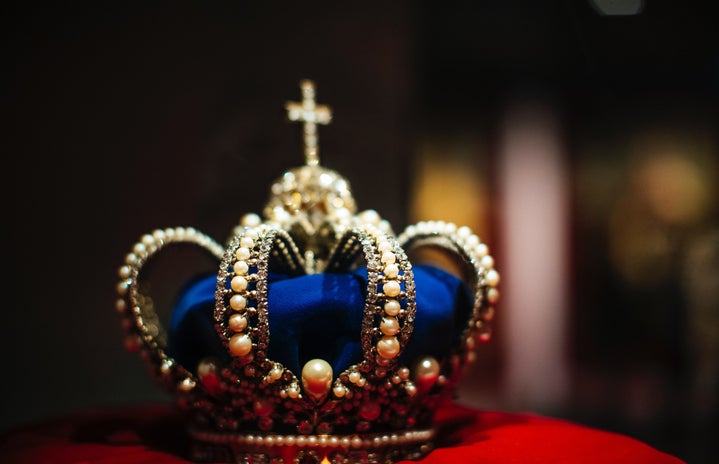Fairy tales — often perceived as innocent stories for children — reveal deeper, darker desires embedded in the fabric of society. beneath the enchanting plots and charming characters lie disturbing elements — including the sexualization of youth and the male gaze — interwoven in the framework of these age-old stories.
Take one of the most infamous fairy tales originally written in the 19th century by the Brothers Grimm: the tale of “Snow White”. “Snow White” has been adapted numerous times, the most famous adaption being Disney’s colorful, animated movie, filled with kind forest creatures who always lend a helping hand to the pure-hearted princess with the angelic singing voice. In reality, this princess’s name was Margarete von Waldeck, who was sent away by her stepmother and was poisoned at the young age of 21. This story doesn’t have the happy ending we are accustomed to. Was there really a magic mirror? Were there happy chipmunks? No.
The fictionalized story of “Snow White” presents a young girl, only 13, whose stepmother is driven mad by the young woman’s beauty. Driven to extreme lengths, she sends a huntsman to find and kill this girl, condemning her to death. This mirrors our society’s obsession with beauty and youth. Snow’s character embodies innocence while the older woman, who is no longer valued in our society due to her physical signs of aging, goes to any and all lengths to remain the “fairest of them all.”
Once Snow White has fled the forest she finds shelter in a small cottage. Here, she is met by a cast of dwarfs including but not limited to Bashful, Dopey, Sleepy, and Grumpy. Snow White decides to sing a sweet tune and clean their cottage, seemingly driven by her own motivation. However, this portrayal is a reflection of the idealized femininity that was expected and revered by men. This male paints the young girl as innocent and vulnerable, exposing the male desire for a passive child rather than a mature woman, with agency, like say, the “Evil Queen.”
This twisted male fantasy is present throughout almost all fairytales. So next time you watch your favorite Disney movie just remember, it’s okay to be a little creeped out… because yeah it’s pretty freaking creepy.




